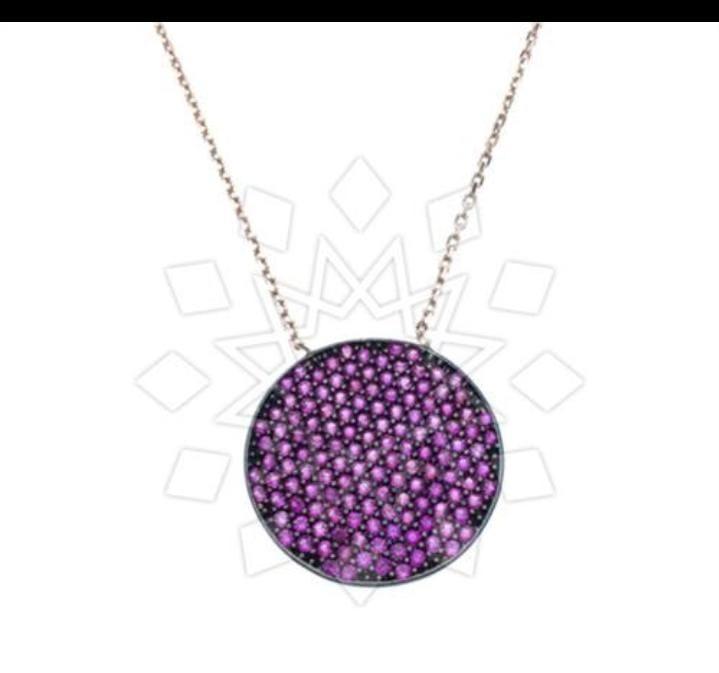1. Prehistoric and Ancient Egypt
The story of pendant necklaces starts in the profundities of prehistory. Early people, using the normal assets accessible to them, created trimmings from bones, shells, and stones. These early pendants often held emblematic or profound importance, filling in as special necklaces or charms intended to safeguard the wearer or bring favorable luck.
Jewelry serves a large number of individual necessities, going from self-articulation and personality to close to home solace and festivity.
In ancient Egypt, pendant necklaces developed into profoundly complex and emblematic adornments. Egyptian craftsmans made elaborate pendants that were enhancing as well as profoundly significant. The ankh, the scarab insect, and the Eye of Horus were normal themes. The ankh represented everlasting life, while the scarab creepy crawly addressed resurrection and security. The Eye of Horus was accepted to offer insurance and wellbeing. These pendants were often produced using valuable metals like gold and were habitually encrusted with gemstones like turquoise, lapis lazuli, and carnelian.
2. Mesopotamia and the Indus Valley
In Mesopotamia, pendants were likewise common and held different implications. Craftsmans in Mesopotamia utilized materials like gold, silver, and semi-valuable stones to create pendants that addressed gods and legendary images. Also, in the Indus Valley Human progress, pendants often highlighted themes connected with strict convictions and day to day existence. These pendants were made from materials like carnelian, agate, and shell and as often as possible drag engravings or images connected with fruitfulness and security.
3. Ancient Greece and Rome
The ancient Greeks and Romans proceeded with the custom of pendant necklaces however with an emphasis on private articulation and imaginativeness. Greek pendants often portrayed divine beings, goddesses, and legendary animals. For example, pendants could include the picture of Athena or Zeus, mirroring the wearer's commitment or desires. Romans, then again, integrated more different impacts, including Egyptian themes and multifaceted plans that exhibited their craftsmanship and riches. Roman pendants were at times utilized as seal rings or appearances, with mind boggling etchings that could be squeezed into wax to seal archives.
Attention: A very much planned wedding gold necklace design represents immortal polish and enduring responsibility, making it a prized token.
II. Middle age and Renaissance Periods
1. Middle age Europe
During the middle age time frame in Europe, pendants kept on being famous, yet their capability developed. Pendants were often utilized as reliquaries, containing blessed relics or bits of holy people's bones. They were an image of devotion and security and were often decorated with strict images like peevish or pictures of holy people. The craftsmanship of these pendants mirrored the lavish style of middle age workmanship, with perplexing metalwork and gemstone embellishments.
2. The Renaissance
The Renaissance time frame saw a recovery of traditional themes and an expanded interest in independence. Pendant necklaces from this time often included many-sided plans that consolidated old style themes close by new images. The Renaissance got a resurgence of interest folklore, science, and regular history, which impacted pendant plans. Craftsmans made pendants including fanciful figures, elaborate botanical plans, and creative strategies like plated adornments and point by point gemstone settings.
III. The eighteenth and nineteenth Centuries
1. The Illumination and Victorian Eras
The eighteenth hundred years, set apart by the Edification, saw pendant necklaces turning out to be more intricate and expressive of individual style and status. The Extravagant style, described by its resplendent and perky esthetic, impacted pendant plans, which often highlighted unbalanced and profoundly enhancing components. These pendants were regularly produced using valuable materials and decorated with jewels, pearls, and beautiful gemstones.
The Victorian period, traversing the nineteenth 100 years, presented a scope of recent trends and implications in pendant gems. Sovereign Victoria herself promoted specific styles, and pendant necklaces turned into a method for conveying individual and familial feelings. For instance, mementos became famous, permitting people to convey representations or mementos of friends and family. Victorian pendants often consolidated nostalgic themes, like locks of hair or emblematic charms, mirroring the time's distraction with sentimentalism and unique interactions.
IV. The twentieth Hundred years to Present
1. Workmanship Nouveau and Craftsmanship Deco
The mid twentieth century saw the ascent of Workmanship Nouveau, which accentuated natural structures and unpredictable craftsmanship. Pendant necklaces from this period included streaming lines, botanical themes, and normal components. Creators like René Lalique and Louis Solace Tiffany were pioneers in making pendants that praised nature and embraced new imaginative methods.
The Workmanship Deco period, which followed, was described by its mathematical plans, strong varieties, and extravagant materials. Pendants from this period often highlighted smoothed out structures and creative utilization of materials like platinum and synthetic gemstones. The Workmanship Deco style stressed marvelousness and modernity, mirroring the mechanical advances and social changes of the time.
Conclusion
The pendant neckband is a piece of gems that has risen above time and geology, developing from its ancient origins to contemporary design. From the representative ornaments of prehistoric times to the customized manifestations of today, pendants have persistently adjusted to reflect evolving tastes, mechanical advances, and social movements. Their persevering through offer lies in their capacity to consolidate excellence with significance, making them an immortal embellishment that keeps on reverberating with people all over the planet.
